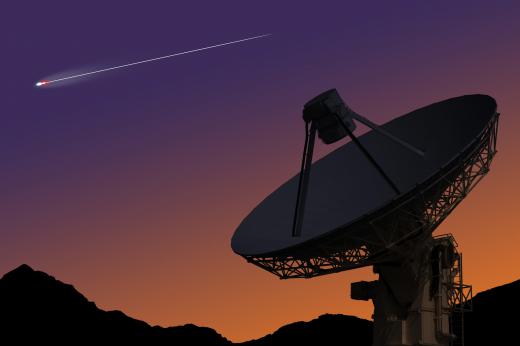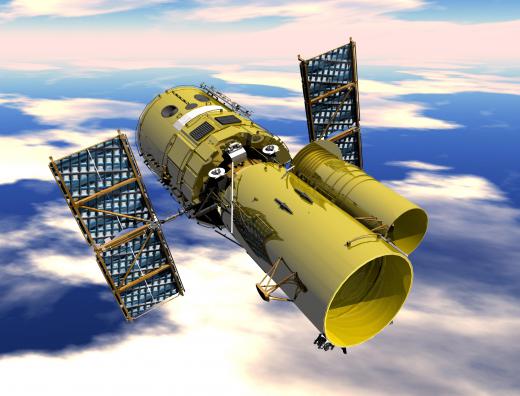Is the Universe Expanding?
 Michael Anissimov
Michael Anissimov
Ever since Einstein's theory of general relativity was applied to what is known about the universe as a whole, it has been suspected that the universe was expanding. When Edwin Hubble and Milton Humason discovered in the 1920s that practically all galaxies in the sky were moving away from us at great speeds, this boosted suspicions that the universe was expanding at a rapid rate. Yet it was not until 2000 that decisive evidence was finally found in favor of the universe's expansion, in the form of extensive redshift surveys of very distant objects.
The expanding universe is often cited as the most significant finding in modern cosmology. In Einstein's time, the steady-state theory was the predominant one, which stated that the universe remained balanced at the same size. Einstein, whose equations predicted universal expansion or contraction but not stasis, artificially introduced a stabilizing variable into his equations, called the "cosmological constant." After realizing from Hubble's observations that the universe was likely expanding, he later called this his "greatest blunder."

The phenomenon that first led cosmologists and astronomers to predict an expanding universe was Hubble's analysis of redshift. Using the Mount Wilson Observatory, which was the best telescope in the world at the time, Hubble viewed distant galaxies and saw they looked progressively redde. He looked further away in space, and by extension, further back in time as well, as light takes many billions of years to travel from these galaxies to Earth. Because the redness factor correlated so well with increases in distance, Hubble suspected this was a reliable phenomenon with a physical cause.

The cause was determined to be as follows: as the universe expands, the underlying space increases in volume, but the light traveling through it remains the same. The expanding space stretches out the wavelength of the light, making it longer and thereby redder. An analogy sometimes used is dots on the surface of an expanding balloon. Draw a wave pattern on a balloon, and while you blow it up, notice how the wave stretches out and becomes longer. This is the same principle behind the phenomenon of redshift.

In 1998, it was discovered not only that the universe is expanding, but that it is likely expanding at an accelerating rate. The physical reason for this is chalked up to a mysterious "dark energy," so named because we barely know a thing about it.
AS FEATURED ON:
AS FEATURED ON:













Discussion Comments
The universe is not expanding. Those who say it is simply do not understand the physics involved. There is only frustration at the end of that street. Gravity as you know it is not the prime mover in the universe. As the universe builds matter, so does it destroy matter. People who say hydrogen is not being created are fools. Enough clues? Happy trails humans.
The fact that the majority of scientists believe the universe is expanding because of red shift evidence only serves to demonstrate their lack of understanding of the nature of em energy, mass, gravity and the universe. I think, eventually, the red will be shifted to their faces. Any thoughts out there in the universe?
Did you miss the part about the red shift studies? Do a little research. There is plenty of technology to prove that the universe is expanding. They study the light waves (in this case, red--meaning things are moving away).
Without actually knowing where the edge of the universe is then making such a claim can only be met with ridicule. The objects in space may seem to be moving but there is absolutely no way that scientists or astronomers or cosmolgist can claim the universe is expanding with our current technology.
Post your comments